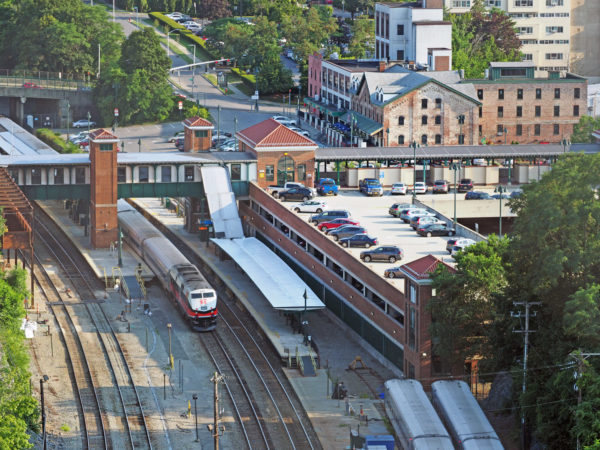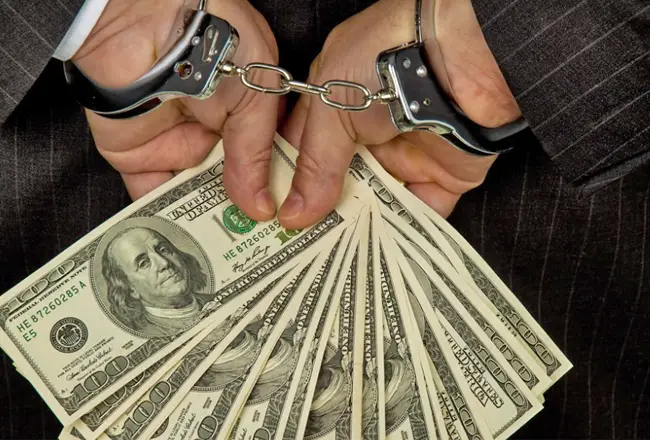While saying that the Metropolitan Transportation Authority”™s (MTA) “long-term finances are still in trouble as it wrestles with an overdue list of repairs and upgrades and growing debt,” a new report from New York State Comptroller Thomas DiNapoli gives fairly good grades to the MTA”™s Metro-North division.
All projected work identified as needed in the MTA”™s capital budget through 2024 on Metro-North”™s tracks and structures was completed, according to DiNapoli”™s report. He cited the 2020-2024 capital program as showing that 73% of Metro-North”™s railcars are classified as being in good repair.

“Metro-North has developed a cyclical program of track rehabilitation and replacement that maintains track structure components and switch facilities in proper operating condition without safety hazards or speed restrictions,” according to DiNapoli”™s report.
DiNapoli found that since 2015, $259 million in Metro-North track and structure projects have been completed and another $691 million has been committed. This represents 102% of anticipated needs through 2024, DiNapoli’s report said.
The Metro-North system in New York has 549 miles of mainline track. In addition, there are 346 vehicular, pedestrian and utility bridges that cross over Metro-North tracks and 455 bridges that carry Metro-North, Amtrak and freight traffic.
DiNapoli”™s report points out that climate change poses potential hazards for Metro-North”™s facilities, as it does for other MTA operations. These include:
- Sea level rise and coastal storm surge causing saltwater corrosion;
- Coastal storm surge and heavy precipitation flooding below-ground rail;
- Overloading the drainage system;
- The potential undermining of track support, rail beds and embankments;
- Safety concerns as water levels reach the third rail;
- Extreme winds sending excessive debris from outside of property onto the right-of-way, causing damage to tracks and potentially undermining track support;
- Heat-induced expansion of steel rails in elevated structures and at-grade sections of track, rail buckling and kinking in track.
DiNapoli”™s report found that Metro-North has completed $20 million in projects to restore assets damaged by Superstorm Sandy in October 2012, while $399 million was allocated for projects scheduled to be completed by the end of this month and work on $44 million worth of projects has yet to be started. Most of the work involves the signal system, communications and power-related needs.
“There is also the likelihood of failure of aging equipment, resulting in diminished useful life,” DiNapoli”™s report says.
DiNapoli faulted the MTA for only spending $700,000 of the $4.9 billion it said it needed for new subway cars in New York City, and only $900 million of the $8.7 billion it said it needed to spend on the subway”™s signal system.
He found that the MTA has only spent two-thirds of what it planned for Long Island Rail Road upgrades and is behind schedule on replacing LIRR rail cars from the 1980s.
“The MTA is getting a large infusion of federal infrastructure funds, but its long-term finances are still in trouble as it wrestles with an overdue list of repairs and upgrades and growing debt,” DiNapoli said. “It needs to reassess and focus its priorities to get money where it is most needed to restore the system and bring riders back.”




















